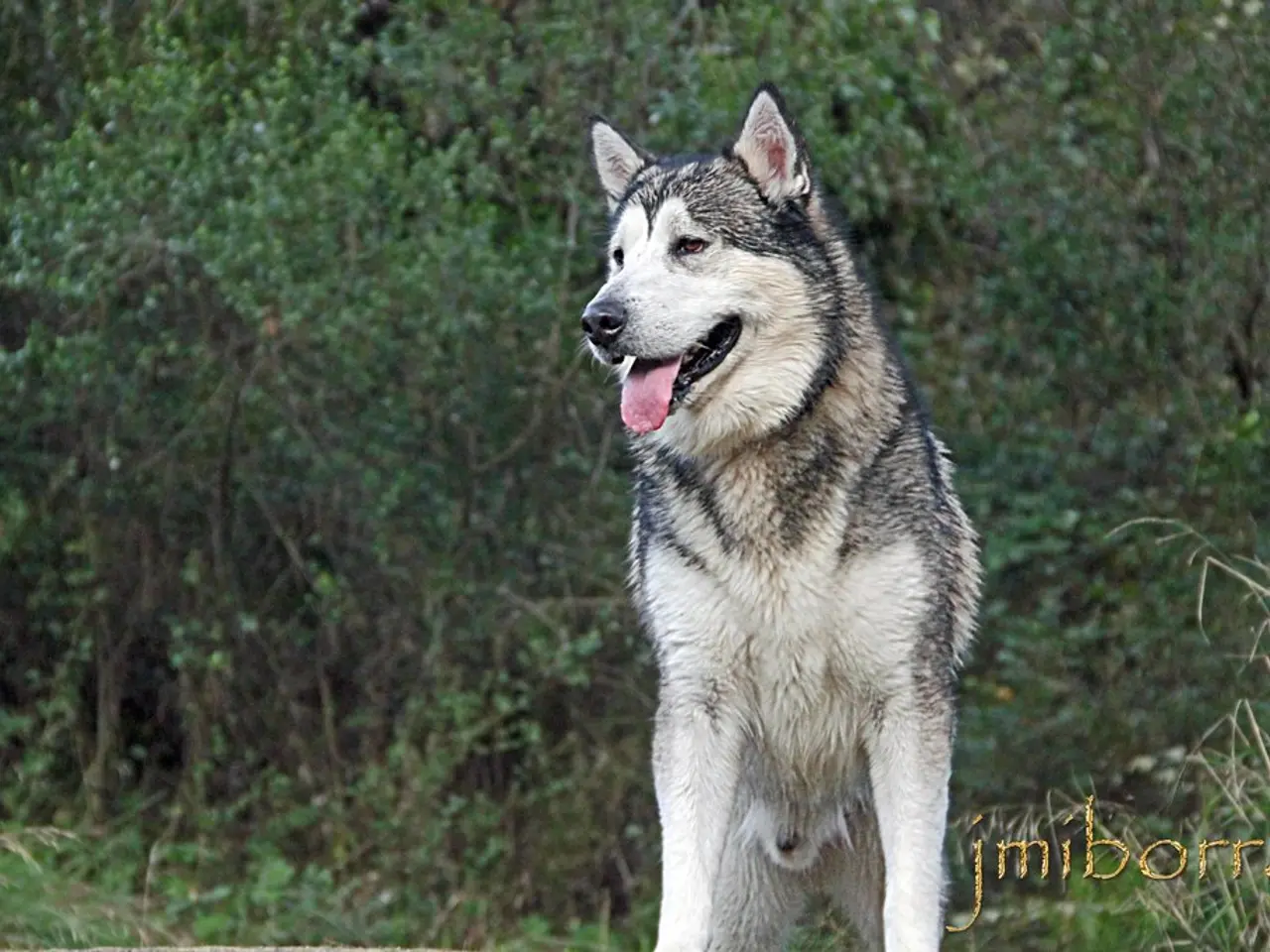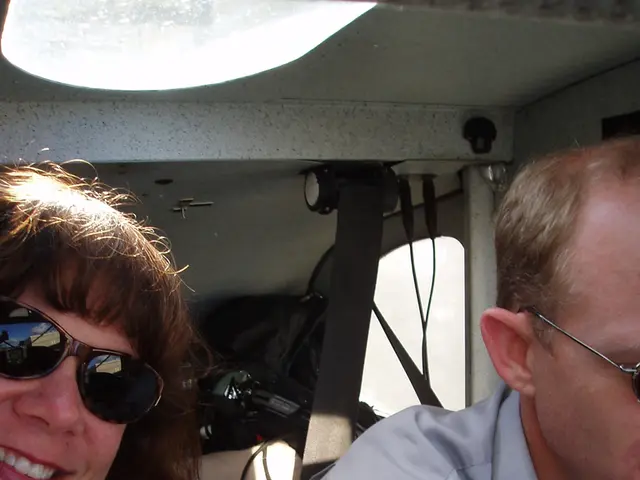Navigating Wolves Safely in U.S. National Parks: A Guide to Preventing Potentially Perilous Wolf Run-ins
In the pristine wilderness of Yellowstone National Park, one of the most captivating sights is the sighting of a wolf. These majestic creatures, with their dark coats standing out against the winter snow, are more active during the day, making winter the best season to spot them [1][2]. However, it's crucial to approach these wild animals with respect and caution.
The National Park Service has established several safety guidelines to ensure both visitors and wolves remain safe. First and foremost, maintain a safe distance of at least 100 yards (about 91 meters) from wolves [1][2][3][4]. Avoid feeding or disturbing them, and always follow park guidelines strictly. If a wolf approaches you, retreat slowly without running; if it acts aggressively, make noise and stand your ground [1].
More detailed safety precautions include staying on designated roads and trails to reduce surprise encounters, as wolves learn human patterns and may avoid or be attracted accordingly [1]. Never leave any food traces behind, as feeding wolves conditions them to associate humans with food, increasing the risk for both people and animals and potentially leading to aggressive behavior [1][2].
Never attempt to touch, shout at, or provoke wolves, as this can frighten or anger them, triggering unpredictable behavior [1]. If a wolf comes close, slowly back away while facing the animal; do not run or turn your back on it. If it shows aggression, make yourself look larger and make loud noises to deter it [1].
These rules also serve to protect wolves as important ecosystem members; aggressive incidents due to human carelessness can result in wolves being euthanized [1]. Yellowstone specifically enforces federal regulations requiring visitors to stay at least 100 yards away from wolves and bears, respecting them as wild animals in their natural habitat [3][4].
Following these guidelines enhances visitor safety and supports wolf conservation efforts in national parks. Denali National Park and Preserve in Alaska is another location where wolves can be observed [5].
The reintroduction of wolves in Yellowstone in 1995 was a successful conservation effort, and today, around 120 wolves roam the park in an estimated nine packs [6]. The top spots to see wolves in Yellowstone are in the northern ranges, particularly Lamar Valley [7].
Expert guides in Yellowstone know the wolf packs and their territories, increasing the chances of a wolf encounter. Taking a guided tour can help enhance your chances of spotting these elusive creatures [8]. If you cross paths with a wolf, keep a distance of at least 100 yards. Watching wolves is an incredible experience, but getting too close puts both the person and the animal at risk [9].
In Yellowstone, if a wolf approaches you, retreat slowly backwards. If they act aggressively, make as much noise as possible and stand your ground (do not run) [1]. Seeing birds circling overhead is a sign that wolves are nearby, as they likely have their eyes on a carcass [10]. Beyond Yellowstone, wolves can also be seen in the Willow Flats in Grand Teton National Park in Wyoming [11].
Remember, wolves play an important role in the park's ecosystem by helping to control elk populations. Interactions with humans can also play a role in influencing wolf numbers in Yellowstone [12]. Protective laws for wolves within Yellowstone do not apply outside the park's boundaries [13]. During winter, elk make up around 90% of a Yellowstone wolf's diet [14].
Recently, Yellowstone National Park had a wolf encounter with tourists, serving as a reminder of the importance of adhering to these safety guidelines [15]. Frightening wolves by shouting, attempting to touch them, or feeding them is dangerous and against the law [16].
In conclusion, observing wolves in their natural habitat is an unforgettable experience. By following the safety guidelines and respecting these wild animals, we can ensure both our safety and their conservation for future generations to enjoy.
Travel guides for Yellowstone National Park often suggest taking guided tours to increase chances of spotting wolves, as these guides are familiar with the wolf packs and their territories [8]. When observing these wild animals, it's essential to follow park guidelines strictly, such as maintaining a safe distance of at least 100 yards (about 91 meters) away from wolves [1].




